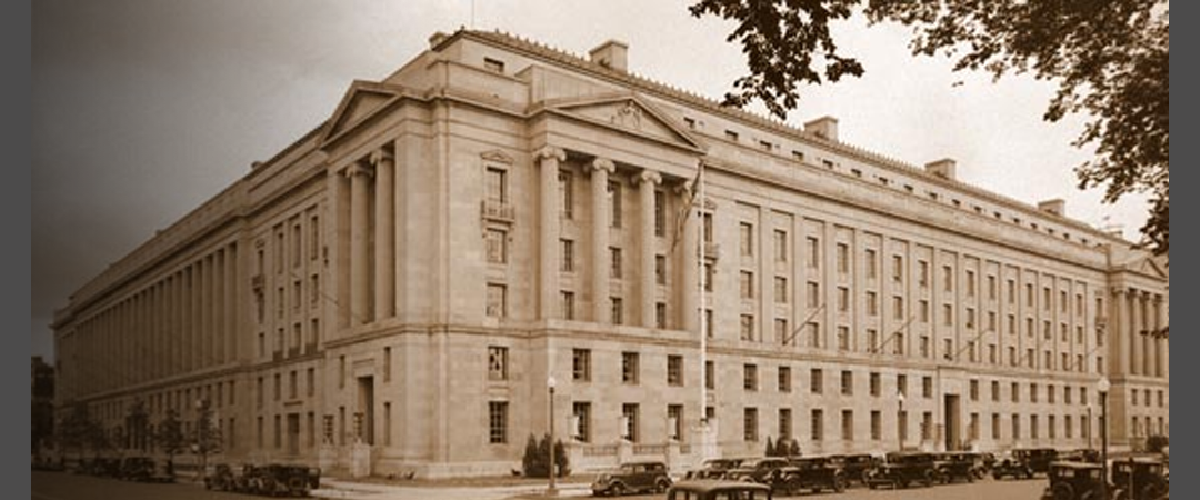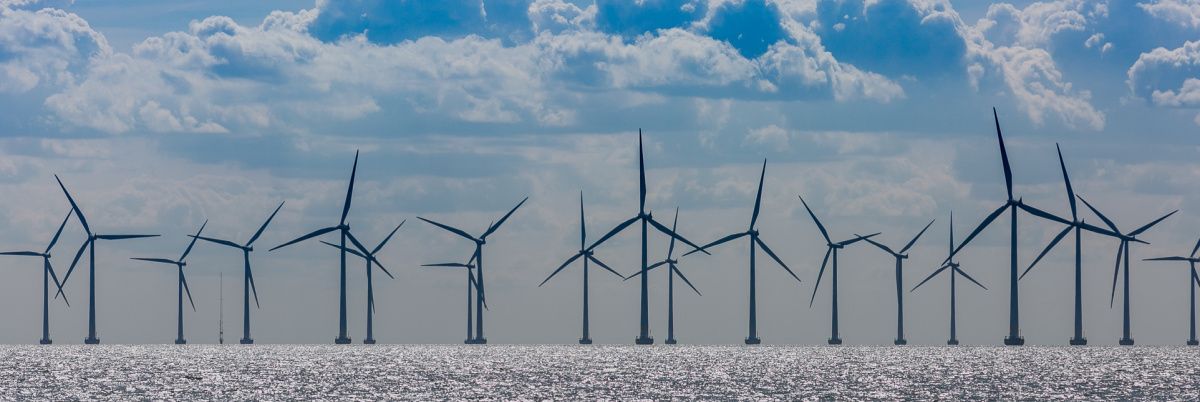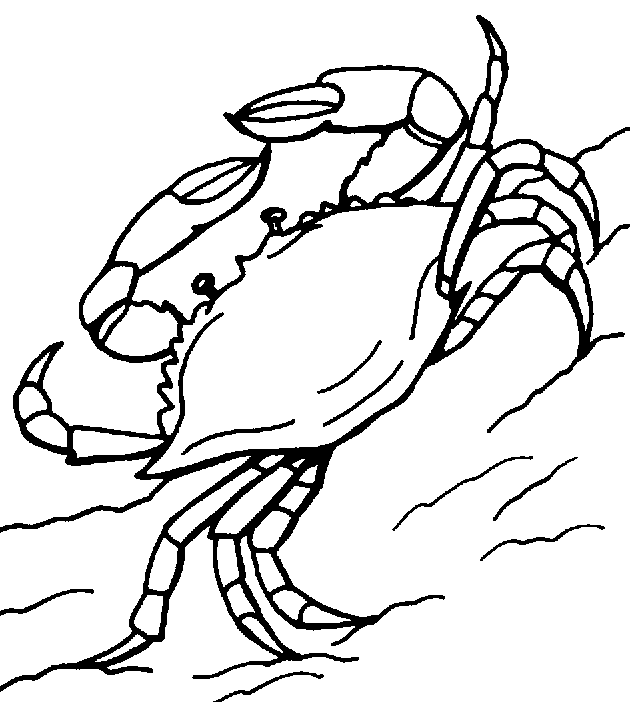Growing Maryland’s Economy: Views of Hogan and Jealous
Maryland’s Existing Economy:
Maryland’s $400 billion economy is very diverse and contains urban, suburban and large rural regions. It includes manufacturing, high tech (telecommunication and aerospace), large federal agencies, and a wide variety of financial and other services. The state is also a leader in biotech research, home to a transportation hub centered on the deep-water Port of Baltimore, and exports over $9 billion of goods and services.
A principal sector of the State’s economy is agriculture (31% of Maryland’s land), which includes farming and commercial fishing. Taken together, they contribute $200-300 million to the State’s total exports.
Eight of the nine counties of Maryland’s Eastern Shore face the Chesapeake Bay. Half of America’s blue crab harvest comes from the Bay, as do large numbers of oysters and rockfish. This region hosts some 6,000 farms, both large and small, and major poultry producers, including Perdue, whose headquarters is on the Eastern Shore. Poultry is the largest earner, followed by soybeans, wheat and feed grains. Maryland’s Eastern Shore has a number of embedded problems, such as inadequate labor force skills, relatively high levels of poverty, inadequate transportation and communications infrastructure and partial dependence on seasonal immigrant labor.
What are the two Gubernatorial Candidates’ views?
Governor Larry Hogan, a Republican who is running for a second term as governor, has a four-year record to display the results of his economic policies. One of his earliest decisions was to relinquish development program policies to Maryland’s county governments. In rural areas, such as the Eastern Shore, this increased independence also came with decreased capital investment in infrastructure and schools. This decrease in state funding hits the Eastern Shore harder as revenues for these nine counties are considerably lower than for most other counties in the state.
On a more macro level, Hogan increased investment vis-a-vis Virginia and Washington, DC for example in creating additional toll roads around larger urban areas and in regional mass transit. The Governor also worked to ease the bureaucratic processes to encourage small and medium-size companies to set up in Maryland. He reduced property taxes for small business owners by means of a $10,000 credit. Those critical of Governor Hogan’s economic achievements note that during his term Maryland’s annual growth rate and wage growth lagged behind the national and neighboring states’ rate.
Ben Jealous, the Democratic candidate for governor, is past president and CEO of the National NAACP and, more recently, an investment counselor. His approach to economic development is more micro, worker oriented. He supports a state-wide minimum wage of $15.00/hour and a phase-out of lower tip-dependent hourly earnings. He believes the state should invest in public transportation in both urban and rural areas, to shorten workers’ commutes. He favors state investment in access to fiber-optic and broadband communications and in cooperative extension programs, especially for rural areas.
Asked about the Federal government’s substantial reduction in temporary worker visas and its very damaging impact on Eastern Shore crab processing, he said: “It’s all part of Washington’s stubborn refusal to understand unintended consequences of decisions like the visas as well as of the inevitable counter tariffs countries imposed on American agricultural exports.”
Common Sense for the Eastern Shore








